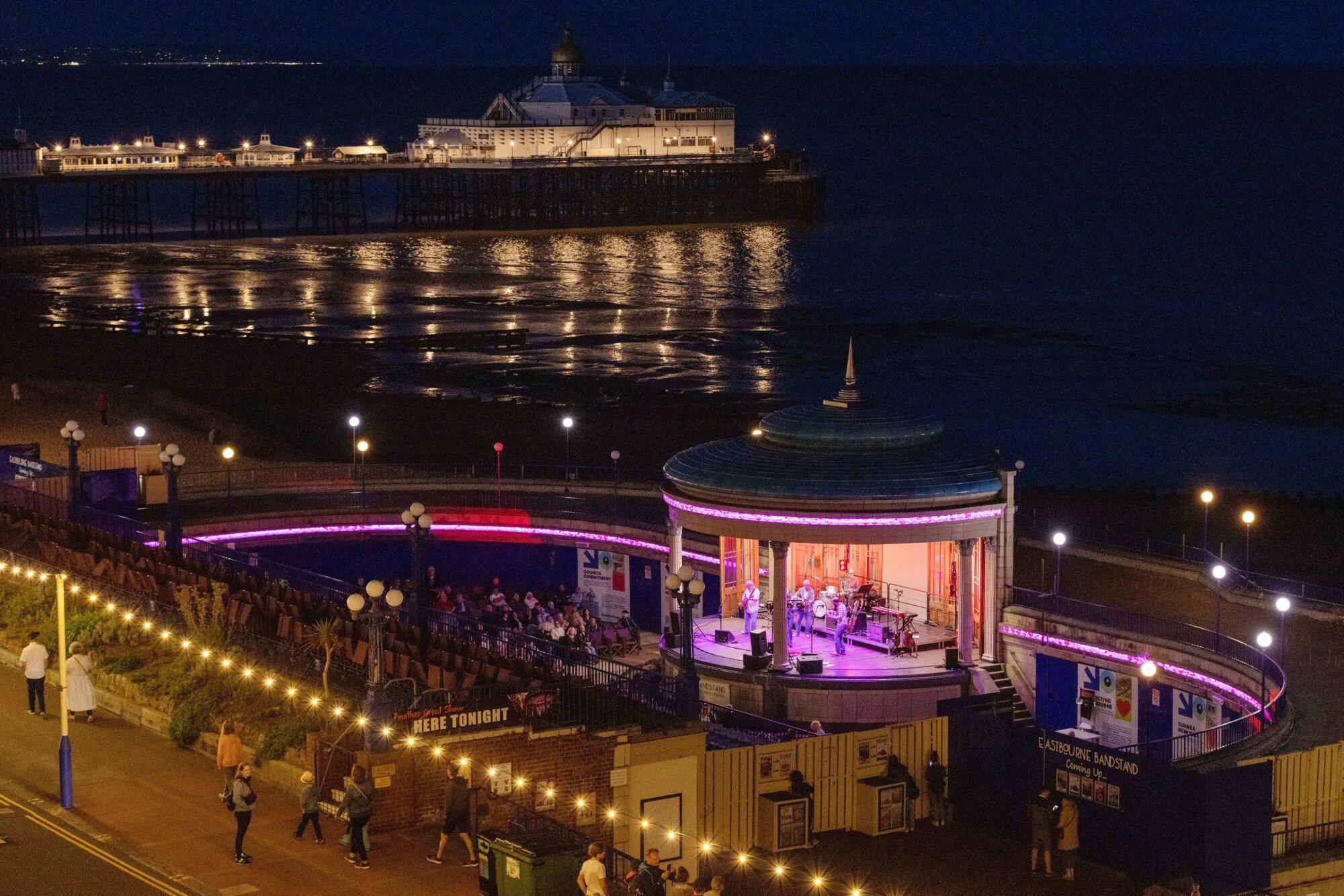
How, to spread culture and reduce inequality, Britain built bandstands in the Victorian era, and the civic-minded Parsees in Hong Kong who in 1864 paid for one
- The revolutions that shook Europe from 1789 onwards showed inequality drove social unrest. Victorian Britain’s response to this was to build bandstands
- The idea was that culture was not the preserve of the elite, and spread to British colonies such as Singapore and Hong Kong, where an 1864 bandstand survives
Imaginative use of a city’s less obvious heritage features can help illustrate broader historical lessons – especially for primary- and secondary-level students who might otherwise be bored by drily irrelevant, textbook-based classroom learning.
Overlooked backstories behind certain “public artefacts” – in Hong Kong and other locations – can reveal surprisingly interesting facts about economic activities both locally and on the other side of the world; trade and transport requirements, manufactured-goods shortages in one place and raw-materials surpluses in others.
The rise and decline of global consumer tastes, along with fluctuating supply and demand in general terms – an almost-endless variety of macro- and microeconomic examples can be drawn on.
Imaginatively re-evaluated heritage objects can also reveal the pivotal roles played by often overlooked ethnic minority groups in the evolution of colonial societies such as Hong Kong. All too often, such richly hybridised societies are portrayed in politically convenient binary Sino-British/Anglo-Chinese storylines and foundational myths.
100 years of gas street lamps in Hong Kong, and the relics that live on
This monochromatic approach tends to happen for a series of interlocking reasons – either want of accurate, reliable primary source information, a sad lack of broad-based vision by either professional academic historians or other, more popular writers, or to fit within a preferred editorial framework.
Social attitudes can be revealed by the lingering presence of certain heritage objects, and suggest what civil society values might once have meant in the time these artefacts were created.

One major outgrowth of the tumultuous political revolutions, and subsequent social evolutions, that shook Europe from 1789 to 1848 and beyond was a general recognition that inequality was a key driver of social unrest, political instability or the seemingly sudden, in hindsight tragically predictable, eruptions of turmoil and violence.
Only two effective ways to prevent this existed; either vicious repression by an all-powerful state and a constant network of police, spies and informers, or some genuine attempt to level the socio-economic curve towards greater equality.
An attempt towards levelling upwards was the preferred Victorian-era approach, which evolved from Enlightenment-era realisations that there really was high culture, and the fruits of its flowering – literature, art, music, gardens and parks, civic amenities, and most critically, access to literacy as the key towards the unlocking of knowledge – should be the birthright of everyone, not merely the wealthy and privileged few who, in many cases, had little appreciation in the first place.

Around the world, bandstands erected in public parks in Victorian and Edwardian times are an example, as they provided an open-air, covered, free-to-all performance venue.
Being situated in a park or municipal garden allowed the general public to come and go as individual interest dictated. A free performance venue provided civic orchestras, military bands, amateur groups and others an opportunity to practise, and potentially allow up-and-coming groups to become better known to the public, who may later choose to pay for a ticket at an indoor concert venue.
From Birmingham and Sydney to Cape Town and Singapore, these were a commonplace urban installation.
How Hong Kong’s New Territories offered unique attractions a century ago
Like most public facilities in that era, many were built by a combination of civic foresight and private philanthropy; local governments provided the land on which they stood, wealthy individuals stumped up the money – and usually got to name the object of their munificence.
Not to be outdone, Hong Kong also has one of these period treasures, in the Botanical Gardens above Government House, founded in 1864 and paid for by the local Parsee community.
Once a prominent local landmark, Hong Kong’s heritage bandstand is now tucked away amid mature trees – a legacy of how long it has been there.

